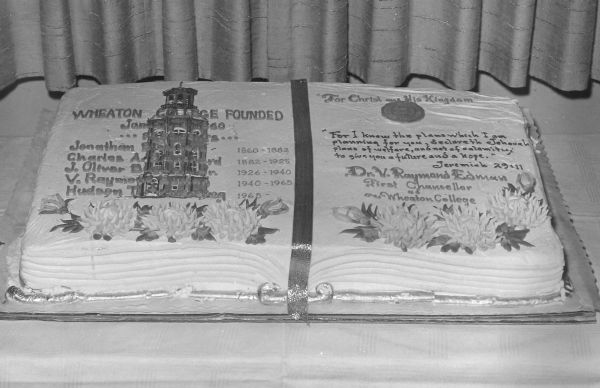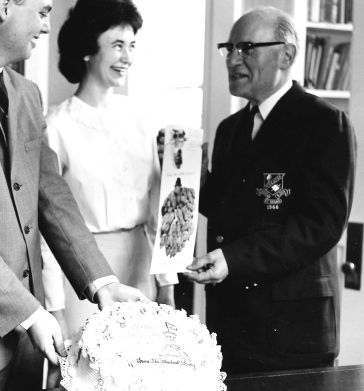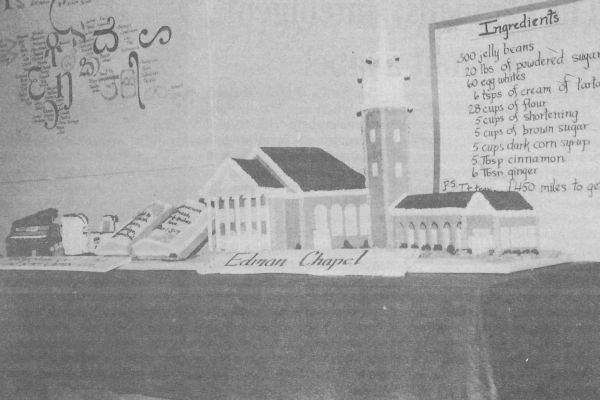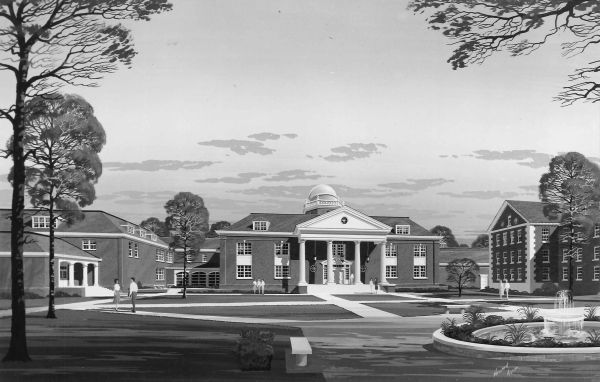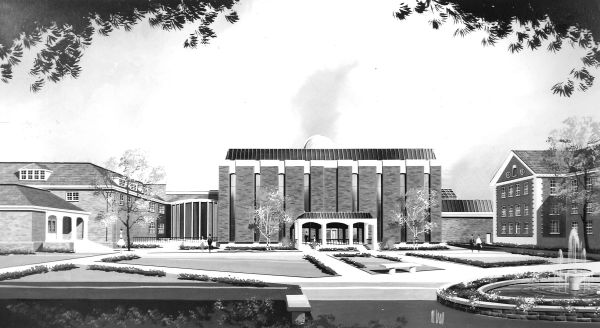“Tell us your impression of the U.S. Is there anything that strikes you?”
As a visitor from “Old Europe,” I am often asked this kind of question. Actually, I have seen very little of the country. I’ve only caught a glimpse, through the Wheaton window.
What I have glimpsed, however, may be worth mentioning. I have been struck by the amount of self-deprecation in current discourse (not within College bounds necessarily), having heard and read a lot of self-critical talk, concerning American ways and values, especially “individualism,” and, in Christian circles, concerning evangelical tradition, or lack of tradition.
Self-criticism is praiseworthy—one hesitates to criticize it! Self-demeaning, to some extent in all cultures, and in some cultures hyperbolically so, it belongs to polite demeanor. It oils the wheels of social exchanges. Since every human group or institution tends toward inflated images of self, often bordering on idolatry, correction is salutary.
Individually and collectively, the ability to acknowledge weaknesses and faults reflects maturity. Combating pride, the ever-present enemy, is always timely-for pride disguises itself as loyalty or gratitude. (Remember the account in Luke 18:9-14. The Pharisee’s thanksgiving met the outward expectation of religious life, and yet, he did not go home justified.) But cannot self-criticism itself become a disguise? When we criticize our tradition, don’t we secretly feel that we thereby raise ourselves above what we censure?
We say “we,” and mean “they.” Of course, I realize that this boomerangs on me just now. Intellectuals in our societies, as they disparage established orders, often vent their frustration and resentment for not wielding power. (Nietzsche was not wrong on all counts.) Blaming the status quo, of which one is a part, relieves hidden anguish and projects the subject’s existential discomfort onto the world. An upcoming generation conveniently makes room for their own ambitions, brushing predecessors to the side. Not waiving their claim on the estate, they become “self” critical. In any case, as a general phenomenon of perception, attention is always drawn to what does not work properly, thus fostering exclusively negative assessments, and failing to honor that which is praiseworthy.
What are the marks of sound self-criticism? Balance and nuances, and recognizing that which is valuable and must be maintained—these are hopeful signs. Slogans or catchwords, conformity to fashions, ready-made generalizations, are all red signals. Critics are open to suspicion that keep enjoying the benefits of what they condemn. If it is truly self-criticism, it will entail some concrete steps of action.
The heart, however, is so crooked, “deceitful above all things,” that discernment ultimately belongs to the Lord, the Lord alone (Jer. 17:9). His Word is the “critical” (kritikos) agent, to which only we will turn for true and healing criticism (Heb. 4:12).
Dr. Henri A. Blocher, Wheaton’s Gunther Knoedler Chair of Bible and Theology, was born a Frenchman in Leiden, Netherlands. He studied at Gordon Divinity School and in Paris and London. He has taught in the Faculté Libre de Théologie Evangélique, Vaux-sur-Seine, since its founding in 1965, and currently chairs the Fellowship of European Evangelical Theologians. His books include In the Beginning, Evil and the Cross, and Original Sin. He and his wife, Henriette, a psychologist, have three children and seven grandchildren. (Wheaton Magazine, Autumn 2004).


